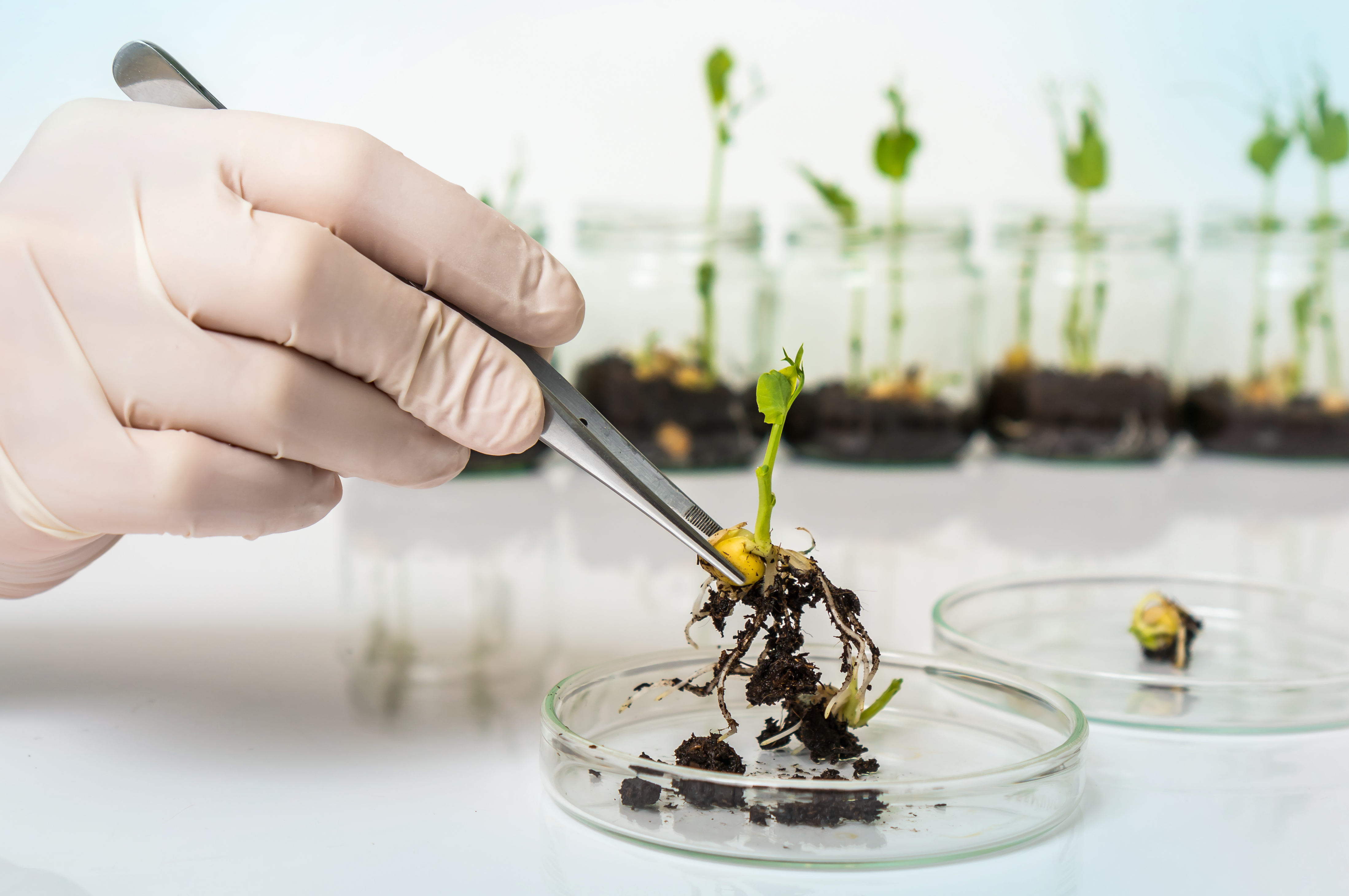
In the ever-evolving landscape of agriculture, the quest for innovation and efficiency remains perpetual. Traditional farming methods have been revolutionized by technology, and one such groundbreaking advancement is the utilization of minichromosomal technology. This article delves into the exciting world of minichromosomal technology in agriculture, exploring its potential, applications, and the benefits it offers to farmers and the environment.
Understanding Minichromosomes: A Molecular Marvel (H1)
Minichromosomes are compact, artificial DNA structures designed to carry specific genes or traits of interest. Unlike conventional genetic modification, which involves altering an organism’s genome, minichromosomes offer a more precise and controlled approach. These synthetic chromosomes can be introduced into plants to achieve desired characteristics without affecting the native genome significantly.
The Genesis of Minichromosomal Technology (H2)
The concept of minichromosomes originated from the need to overcome the limitations of traditional genetic modification methods. Researchers sought a way to introduce new traits into crops without the risk of unintended genetic alterations. Minichromosomes emerged as a groundbreaking solution, offering unprecedented precision in genetic engineering.
How Minichromosomes Work (H2)
Minichromosomes consist of carefully constructed DNA sequences that carry specific genes. When introduced into a plant’s cells, these synthetic structures become part of the plant’s genetic material. This integration allows for the expression of desired traits, such as increased resistance to pests, improved nutritional content, or enhanced yield.
Advantages of Minichromosomal Technology (H1)
Minichromosomal technology offers a plethora of advantages for agriculture, making it a game-changer in the industry.
Precision and Safety (H2)
One of the primary benefits of minichromosomal technology is its precision. Unlike conventional genetic modification, which can lead to unintended genetic changes, minichromosomes are highly specific. This precision minimizes the risk of unintended consequences, ensuring the safety of both the environment and consumers.
Enhanced Crop Performance (H2)
Minichromosomes enable the introduction of beneficial traits, resulting in enhanced crop performance. This can lead to increased yields, improved crop resilience, and reduced reliance on pesticides and fertilizers. Farmers can expect higher-quality produce with less environmental impact.
Sustainable Agriculture (H2)
The use of minichromosomal technology aligns with the principles of sustainable agriculture. By reducing the need for chemical inputs and increasing crop resilience, it contributes to more sustainable and eco-friendly farming practices.
Real-World Applications (H1)
Minichromosomal technology has already found practical applications in agriculture, offering promising solutions to common challenges.
Disease Resistance (H2)
Minichromosomes can be engineered to confer resistance to various diseases and pests. For instance, crops can be modified to resist devastating pathogens, reducing crop loss and the need for chemical interventions.
Nutritional Enhancement (H2)
This technology allows for the enhancement of nutritional content in crops. By introducing genes responsible for increased nutrient levels, crops can become more nutritious, addressing nutritional deficiencies in certain regions.
Environmental Benefits (H2)
Minichromosomal technology promotes environmentally friendly farming practices. Reduced pesticide use and improved crop resilience contribute to lower environmental pollution and a healthier ecosystem.
Challenges and Ethical Considerations (H1)
While minichromosomal technology holds great promise, it also raises ethical and regulatory concerns.
Ethical Dilemmas (H2)
The precise nature of minichromosomal technology raises questions about unintended consequences and the potential for unintended environmental impacts. Ethical considerations surrounding the use of synthetic DNA in agriculture must be carefully addressed.
Regulatory Framework (H2)
The development and deployment of minichromosomal technology require a robust regulatory framework. Governments and organizations must work together to ensure that safety and ethical standards are met.
Conclusion (H1)
Minichromosomal technology represents a significant leap forward in agriculture. Its precision, safety, and potential for sustainable farming make it a promising tool for addressing the challenges of food security and environmental sustainability. As we continue to explore the possibilities of this technology, it is crucial to do so with careful consideration of ethical and regulatory concerns.